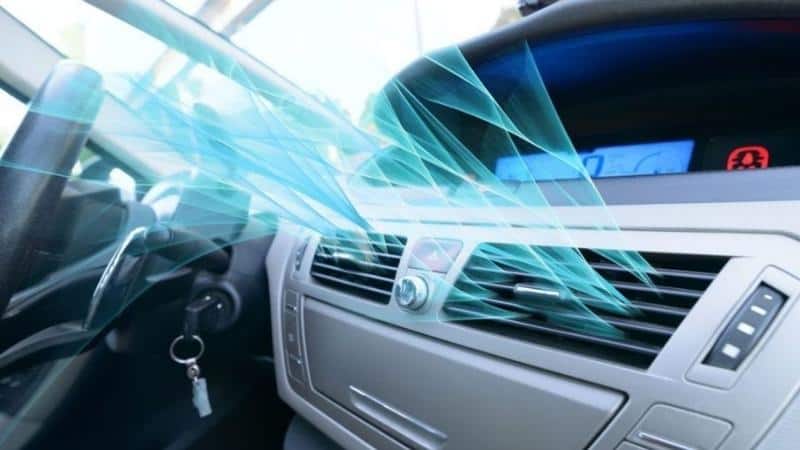The invention of vehicles for transportation has always been one of the greatest revolutionary changes that have ever happened in the history of advancement to the modern age. The concept of speed soon became a reality from fantasy, and the time vehicles have saved and given to us is undoubtedly the biggest gift the world has ever got because time is extremely valuable.
It has now come to a point where we do not care about saving time anymore with vehicles. Instead, we compete with each other on how much time we can save. On roads and highways, we have accomplished this by manufacturing the fastest cars in the world such as the Bugatti, Porsche, Ferrari, or Aston Martin. Apart from the speed we also compete on another factor of a vehicle ride—comfort. One of the comfortable features in a car is the air conditioner and that’s a feature added in every single category of a car. Because who does not love the desired temperature in a car ride, especially on a hot and humid day?
Has it ever occurred to you, though, that you thought whether the air conditioner in your car uses the gas for your engines or not?
How does an air conditioner in a car work?
In a car, whatever the model is, the air conditioner always has the basic parts inside that help them to operate. An air conditioner in a car has the following parts for their following respective reasons—
1) Compressor—for compressing the refrigerant inside into liquid
2) Condenser—for removing heat from the refrigerant before passing it to the orifice tube
3) Orifice tube—for converting the refrigerant into gas before passing it to the accumulator
4) Accumulator—for removing the moisture from the gaseous refrigerant before passing it to the evaporator
5) Evaporator—for extracting the heat out of the air that is flowing through its core, and passing that air to the refrigerant to provide cool air to the passengers
This information should give us a general idea of how a car’s air conditioner works. However, there is still no evidence if it uses a car’s fuel to operate. Apart from all the parts mentioned above, another mechanical part is present with the air conditioner to power it up, i.e., the alternator.
An alternator is the main source of energy for the air conditioner’s continuous operation, and the energy is given to it from the car’s engine fuel or, simply, gas. Therefore, if you turn the air conditioner on while driving, that means it is also using gas besides the engine itself. The longer, more, and higher the volume you use it, the higher will be the consumption of the gas.

How to be fuel and environment-efficient with a car’s air conditioner?
There are few economic and environmental concerns about using too much air conditioner in a car. Economically, research showed that using an air conditioner excessively can increase fuel consumption up to 20% due to the engine load and more if the vehicle has extra loads in it. Environmentally, a lot of CO2 emissions occur due to air conditioners which can be one of the causes of global warming. Because of that, some tips are shared by many people that can limit the use of air conditioners in cars to a minimum—
- Limit or, if possible, do not use the air conditioner during a traffic-free road. Using an air conditioner during a free road is a waste of gas. In winter, there is generally no need to turn it on while in summer, try using natural air more while driving by opening up the windows to cool yourself.
- The air conditioning system in a car has a “recirculating” system. This mechanism reduces the use of gas by keeping the surroundings cool by cooling off the air inside the car rather than bringing warm air from outside and cooling it.
- Try to find a shade and park your car there. This will keep the car and its insides cool. Heating up inside always causes the machines to work more than they need to, which is also applicable for the alternator that powers up the air conditioner. Window shades can also be used.
- Another thing that should be done is not to turn the air conditioner on as soon as you have started the car. Open up the windows for a few minutes and allow the hot air inside to escape.
Now that we know that a car’s air conditioner also uses gas that the engine uses, and that we have also been informed about the concerns about it that usually goes unnoticed, we should also consider the tips given above to take care about our surroundings.
